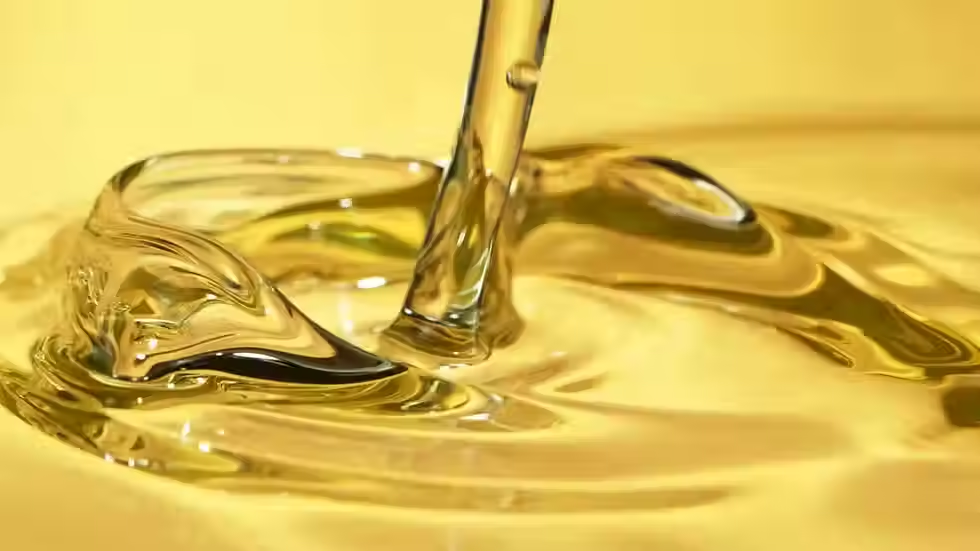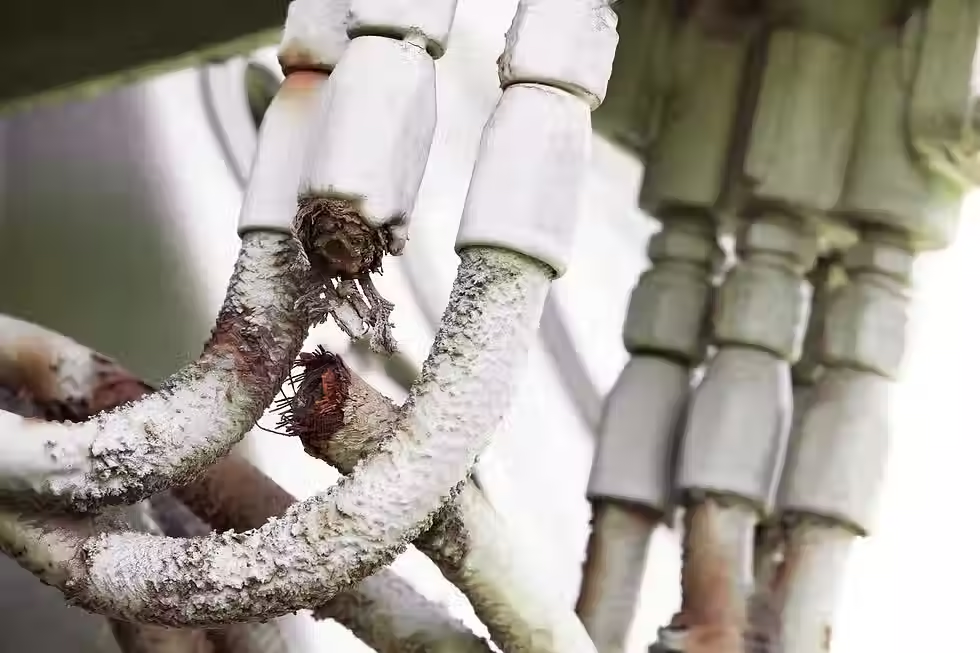Hydraulic Oil Maintenance Checklist – Keep Your Equipment Running Smoothly
- CTIS

- 4 days ago
- 3 min read

One bad oil change can cost you thousands in repairs.
In the field or on the shop floor, hydraulic systems don’t leave room for error. A single lapse in fluid maintenance can lead to blown seals, overheated components, or catastrophic pump failure—and that means costly downtime and unplanned repair bills.
Across the hydraulic fluid power industry, contamination—from dirt, water, or air—is identified as the leading cause of hydraulic system failures, responsible for 70% to 90% of breakdowns. Proper fluid cleanliness and filtration are essential for reliability and uptime.
This guide walks you through the essential functions of hydraulic oil and how to spot warning signs, and a practical maintenance checklist to help your crew keep machines running like they should.
What Does Hydraulic Oil Actually Do?
Hydraulic oil does more than move pistons. It’s the lifeblood of your hydraulic system, performing four critical roles:
Power Transmission – Transfers force to actuate machinery.
Lubrication – Reduces metal-on-metal friction between moving parts.
Heat Dissipation – Absorbs and dissipates heat generated by pressure and flow.
Contaminant Suspension – Keeps fine particles suspended to prevent build-up and wear.
Modern hydraulic systems are incredibly precise. A particle smaller than the width of a human hair can damage valves or seize pumps. That’s why fluid condition and cleanliness matter more than ever.
Signs Your Hydraulic Oil Needs Attention
If your system is trying to tell you something, don’t ignore it. These are common red flags that your hydraulic oil (or system) needs immediate attention:
Foaming or Cloudiness – Indicates air contamination or water ingress.
Unusual Noises or Vibration – Could signal cavitation, aeration, or poor lubrication.
Leaks or Overheating – Often caused by degraded oil or compromised seals.
Slow or Weak Equipment Response – Viscosity breakdown and wear often to blame.
Even if the system "seems" fine, these symptoms mean something’s off. Ignoring them can shorten component life dramatically.
The Ultimate Hydraulic Oil Maintenance Checklist
This is the core of the guide—the checklist every shop should follow to reduce system failure and keep equipment running at full strength.
Daily Checks
Check oil level in reservoir
Inspect for leaks around hoses, seals, and fittings
Monitor operating temperature
Look for fluid discoloration or visible particles
Weekly Checks
Inspect oil clarity using dipstick or sight glass
Wipe down and check external filters
Listen for odd pump or valve sounds
Monthly Checks
Take a small oil sample to check for color, viscosity, or unusual odor
Inspect inline and return filters for clogging
Review pressure response and cycle times
Quarterly or Scheduled Maintenance
Send oil sample for lab analysis (pH, water content, ISO cleanliness)
Replace inline and suction filters
Drain & flush reservoir if oil degradation is confirmed
Clean the sump or reservoir interior
Pro Tips for Hydraulic Longevity
Follow these best practices to stretch the life of your hydraulic oil and protect your equipment investment:
Use custom-Approved Fluids – Don’t cut corners; match specs exactly.
Filter New Fluid Before Adding – New doesn’t mean clean.
Store Fluid in Temp-Controlled Areas – Heat + humidity = trouble.
Change Filters When You Change Oil – Don’t leave old filters in a new system.
Label Everything – Avoid cross-contamination between different fluid types.
These simple steps are often the difference between years of uptime and constant breakdowns.
CTIS Hydraulic Support Services
CTIS is your go-to resource for hydraulic system health. We supply fluids, filters, and fittings—and we back it up with expertise.
We Offer:
Bulk & specialty hydraulic oils for all major OEM specs
Preventive maintenance support and custom service intervals
Hose & fitting kits with emergency replacement programs
Full hydraulic system audits to identify risks and inefficiencies
Need a one-stop shop for your hydraulic maintenance? That’s CTIS.
Related Services:

Prevention Is Profitable
A well-maintained hydraulic system runs cooler, lasts longer, and avoids costly failures. It’s not just about checking boxes. It’s about keeping your machines online and your team productive.
Ready to Take Control of Your Hydraulic Maintenance? Talk to CTIS today about fluid supplies, custom maintenance programs, and shop solutions.
Let’s keep your system moving—smooth, strong, and reliable.




Comentários